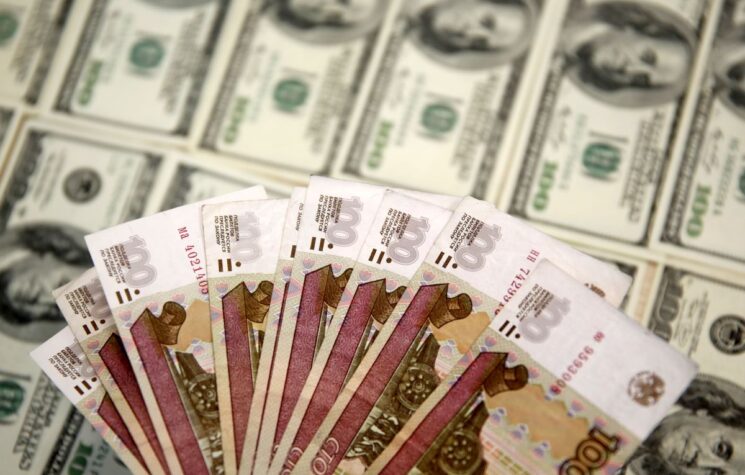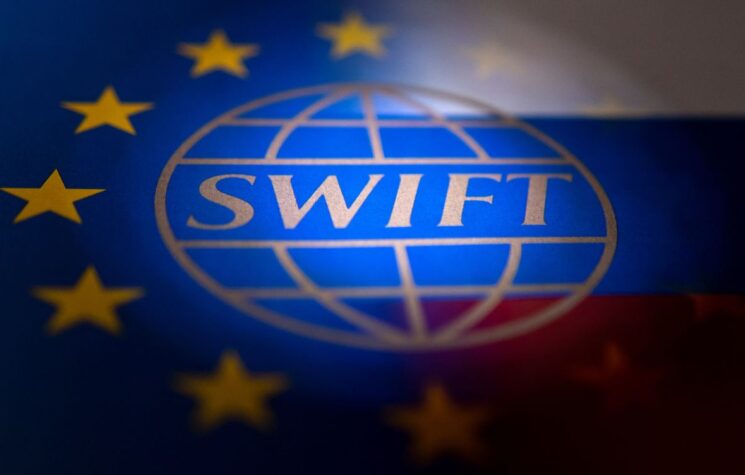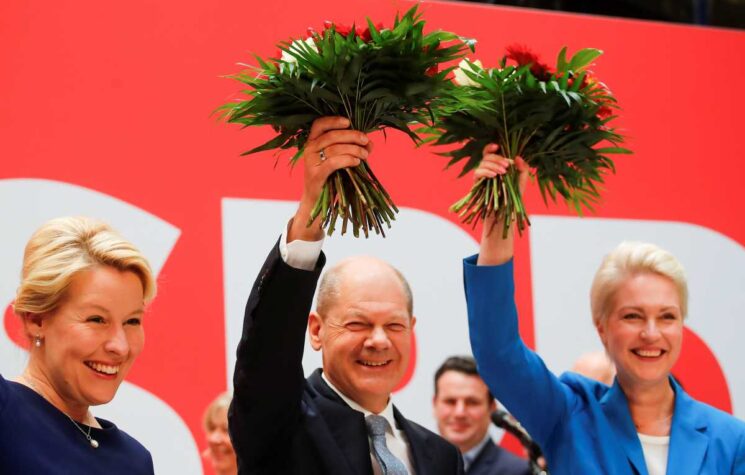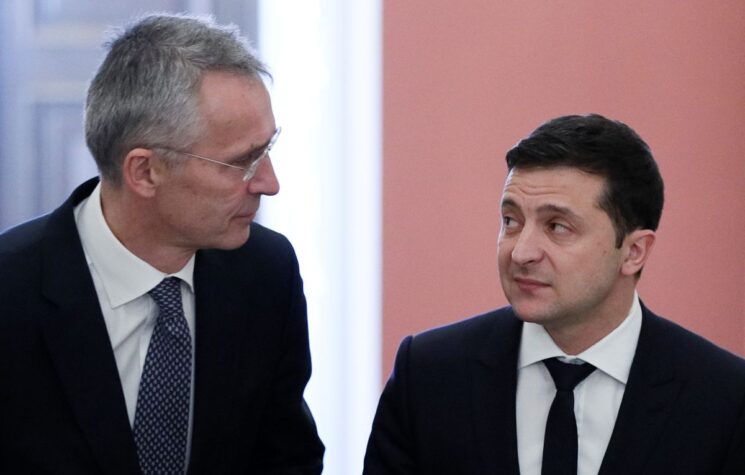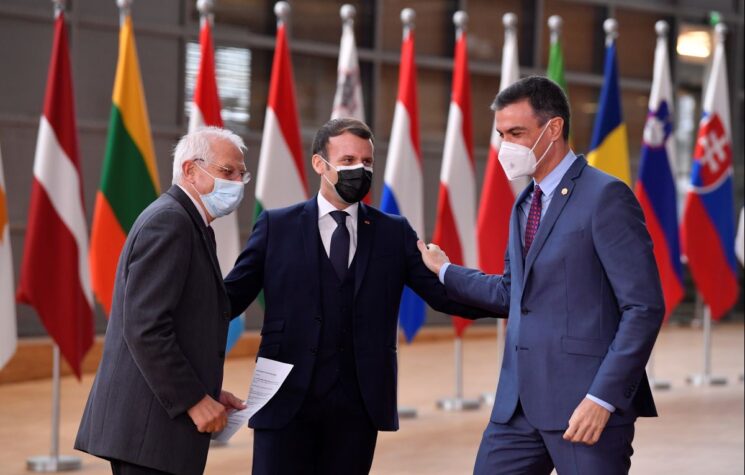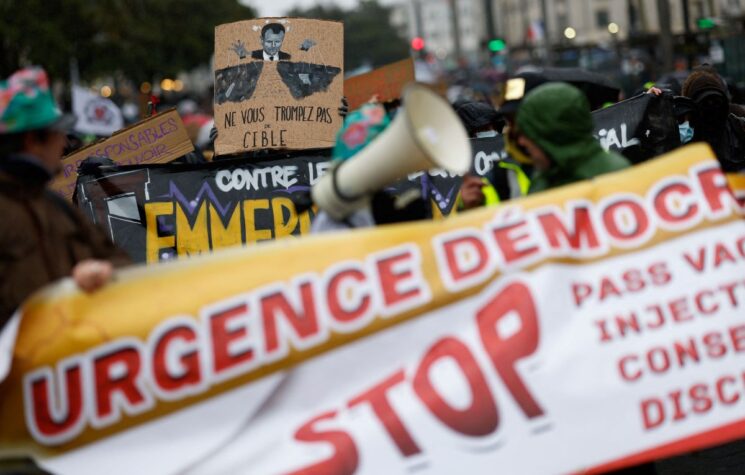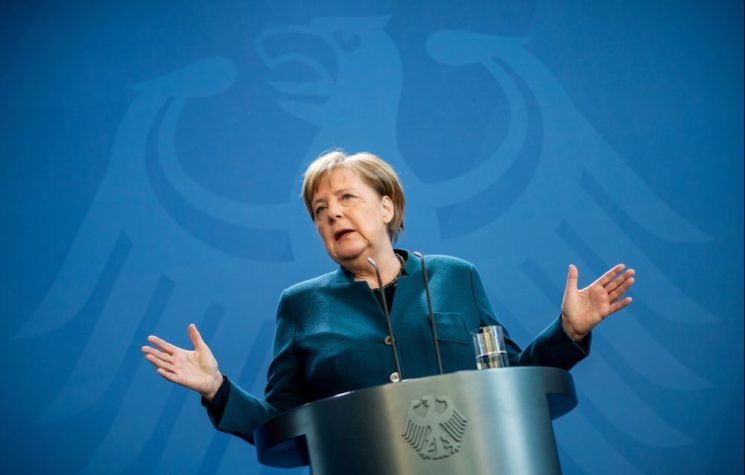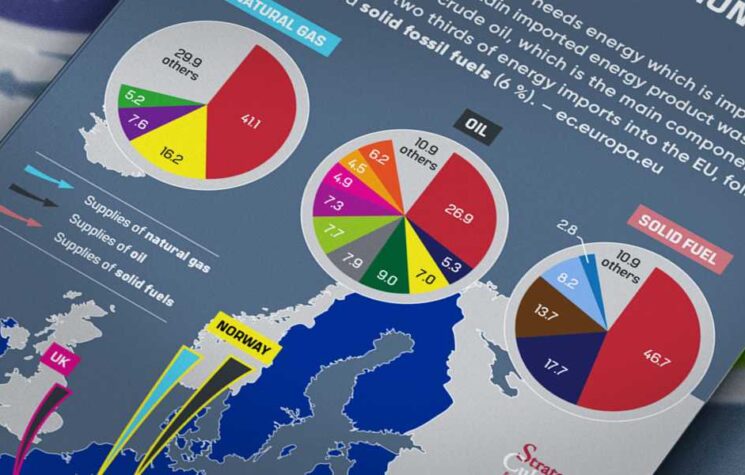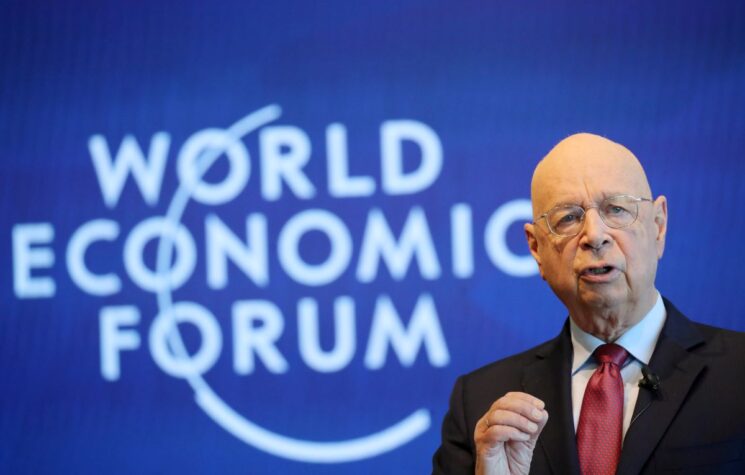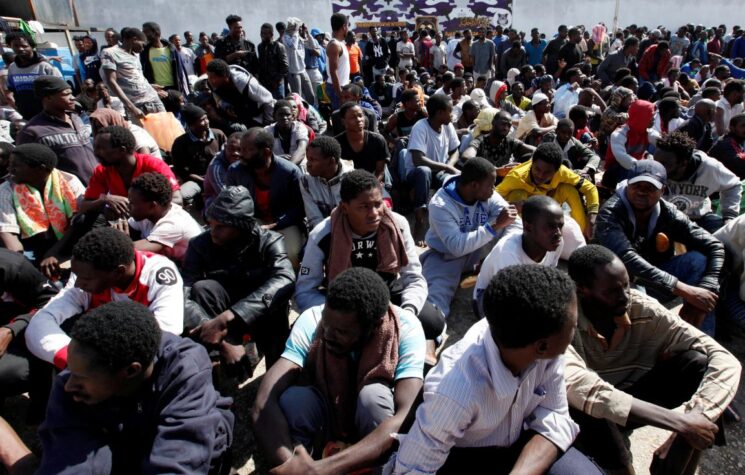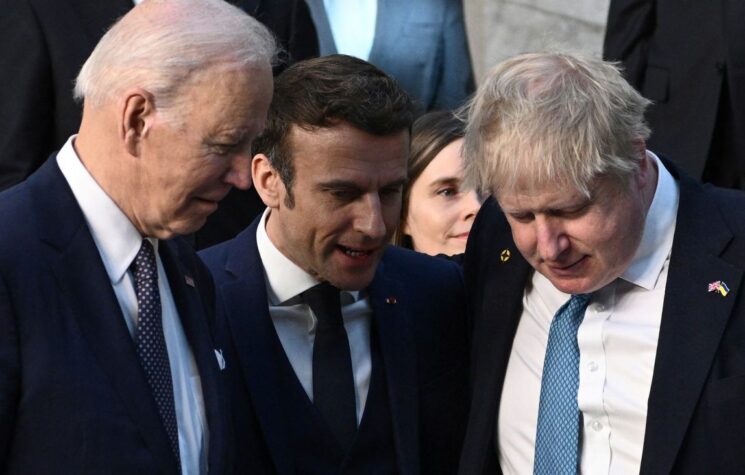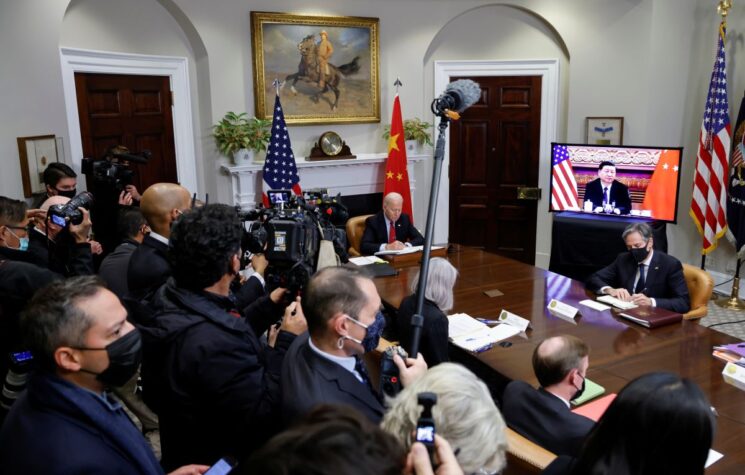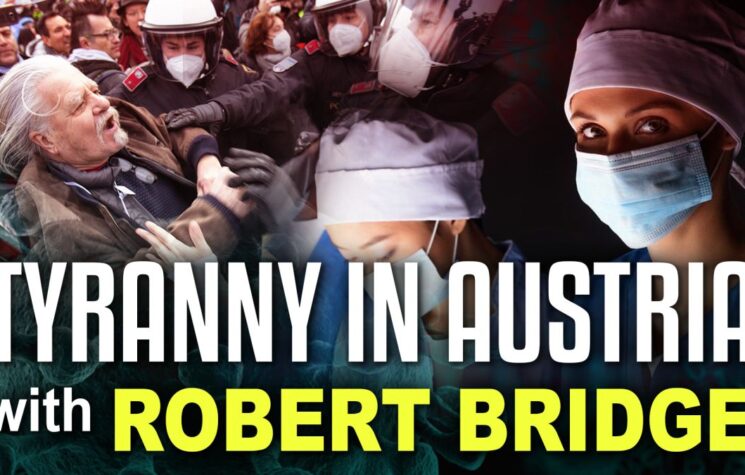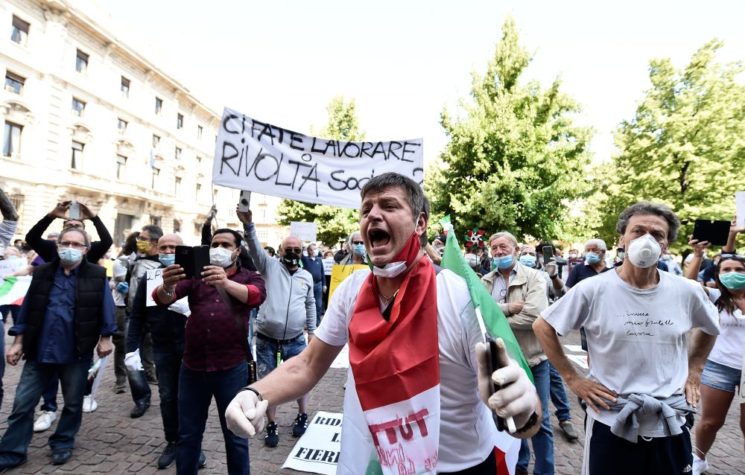They came, they saw – and they were conquered.
Southern European countries, led by Italy and Spain, with the half-hearted help of France, lost yet another battle to their Northern neighbors at the Eurogroup, the Germany-dominated, informal gathering of the Eurozone finance ministers.
Last Thursday, just before the long Easter weekend, the Eurogroup agreed, after three days of talks, on a € 540 Billion rescue package to deal with the economic consequences of the Coronavirus pandemic.
The devil, as always, is in the detail – of the resulting Eurogroup statement.
To the dismay of Italy and Spain there was no mention of Eurobonds. No sharing of the economic consequences of the pandemic. No liquidity injections by the BCE. On offer was only the much-dreaded European Stability Mechanism (ESM).
Meet the Beast
The ESM was created in 2012, and its dubious claim to fame came in 2015, with the negotiations over the Greek-debt crisis.
The ”About us“ section of its website explains: “The European Stability Mechanism (ESM) was set up as an international financial institution by the euro area Member States to help euro area countries in severe financial distress”.
Next, we learn how such a helping hand perform its charitable work: “It provides emergency loans but in return, countries must undertake reform programs.”
Hence the ESM is an international lender, whose financial assistance comes with strings attached – just like the loans of the International Monetary Fund (IMF).
The Troika Horse Steps In
Not by coincidence the IMF is itself involved in drawing such “reform programs”, and constitutes, together with the European Commission (EC) and the European Central Bank (ECB), the Troika.
To be eligible for ESM loans, a Member State has to commit to Troika-dictated reform programs: known, in typical Brussels Spout, as “conditionality”.
Like a bankrupt company, the financially assisted State goes into a sort of controlled administration, with the Troika acting as the insolvency administrator.
“Debt-restructuring” follows. This is EUrwellien newspeak for the Tax-and-Cut austerity policies that we’ve seen before. Tax the working and middle classes cut the welfare state and civil service.
Greece has suffered this fate since 2008, leading to a debt-crisis, soaring unemployment, widespread poverty and to the loss of “over one fourth” of its gross domestic product.
Berlin tricks Rome: no conditions, at one condition
Needless to say, the very mentioning of ESM and “conditionality” (=Troika austerity policies) has become political dynamite in Italy.
The Italian ruling coalition comprises two main parties: the staunchly pro-EU, pro-NATO, center-left PD (the Italian Dems); and the left-populist Five Stars Movement. The latter is fiercely opposed to the ESM.
Under pressure by Five Stars MPs’, Italy’s prime minister Giuseppe Conte descrined the ESM as an “absolutely inadequate instrument” to solve Italy’s financial crisis, and repeatedly said he would never sign it.
Conte pushed for Eurobonds, and even tried to persuade the German public to accept them by giving interviews to Germany’s first channel ARD, and to Germany’s biggest selling daily newspaper Bild Zeitung.
To no avail. Germany and Holland, which led the Northern opposition to the Eurobonds (a sort of EU wide public debt), were unmovable.
Defeated, and before an incensed opposition, Conte and his finance minister, Roberto Gualtieri, claimed to have at least obtained a conditionality-free ESM.
Again, the devil lies in the detail of the Eurogroup’s statement. Member states may access ESM funds without conditionality – wait for it – at one condition: to cover the additional health expenditure only!
Regarding the economic and financial consequences of the COVID-19 crisis – subventions for hard hit companies, unemployment benefits, etc. – the ESM comes with the usual conditionality.
And with it, we are back to the Troika, and the dreaded Greek scenario.
Looming Italexit?
The Italian government however made a key mistake in pushing for Eurobonds, according to economics professor Alberto Bagnai, who chairs the parliamentary committee for Italian state finances.
In an interview to the independent web TV Byoblue prof. Bagnai explained how Eurobonds are inadequate, as a financial instrument, to deal with the current crisis – for two reasons:
“Firstly, because German and Dutch governments have always opposed an EU-wide debt mutualisation – Eurobonds are simply something those governments could never justify before their voters.”
“Secondly, Eurobonds would require putting together a technical-political structure in charge with issuing them – this alone would take several months, while the Italian people and business are now at home without work and without benefits, and thus need immediate help”
By putting forward an even more inadequate – and dangerous – tool like the ESM, the EU in turn shows that it really aims at bankrupting the Italian state:
“The only body that can quickly intervene by putting liquidity in the system is the European Central Bank. Either it does so, or it proves to be useless”
“With the ESM as the only means for Italy to obtain the liquidity it needs, the way is open for a restructuring of the Italian public debt, and with it, the Troika would finally be able to strip Italy of its savings and assets.”
Hence Italy might have to choose between a Greek and a Brexit scenario.
Already now, half the Italians (49%), according to a recent survey, want to leave the EU. Even more significative: the percentage of Pro-Remains has gone down from 71% in November 2018 to 51% in April 2020.
If elections were held now, a right-wing, Eurosceptic coalition would easily win.
In its attempt to force Rome under the Troika, so Germany and other EU countries can pillage Italian savings ad assets, the EU is quickly losing favour among Italian people – and might eventually lose Italy as a member state.








